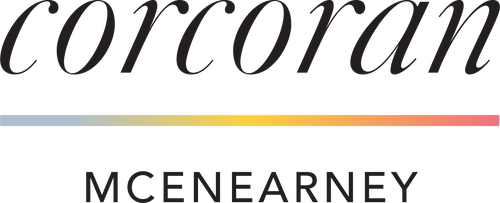This is the third essay in a series by Peter VanderPoel, AIA, to help explain the fundamental principles and science of Passive House design. Read the first essay outlining the basics here and the recent article on super insulation here.
Insulation can only do its job if wind isn’t stealing away warmth.
Grandmother’s crocheted blanket works well in the calm conditions found in front of the TV – but take it outside on a cold and windy day and it soon loses its charm. Time to break out the windbreaker.
Like most insulation, a blanket works by trapping air inside a matrix — in this case, the fibers of wool. The body warms those tiny pockets of air, and because air is a poor conductor, the heat escapes only slowly into the surrounding room.
This principle is also at work in buildings. Architects use air barriers—layers of material that control airflow between the conditioned interior (the “indoors”) and the unconditioned exterior (the “outdoors”). When those barriers are exposed to wind, however, the protective layer of warm air is stripped away and replaced with cold air. Your body (or a furnace) must then spend energy reheating the new air, only for the next draft to take it away again. Without proper protection, this cycle makes even the best insulation struggle to do its job.
To understand why, it helps to look at the three ways heat moves:
- Radiation: energy traveling through waves or particles, like sunlight.
- Conduction: heat moving through direct contact, as when you touch a hot pan.
- Convection: heat carried by a fluid medium – in this case, air.
Convection is central to how most modern homes are heated. Radiators, baseboard units, forced-air systems, and direct-vent heaters all rely on warming air and then moving it. For example, in a ducted HVAC system, gas is burned to create heat, that heat is transferred to air, and a blower circulates the warm air through ducts to different rooms. Eventually, the heat migrates into the insulation within walls, where it slows its escape to the outdoors.
But convection giveth, and convection taketh away. If the heated room had insulation but no exterior air barrier, then a breeze would carry away that trapped heat energy until it was replenished by the furnace. The insulation traps heated air in a material matrix, and the air barrier minimizes convection losses.

The air barrier prevents other energy losses, too. There is an expectation that the air barrier is continuous across all faces of the building, and at material intersections (such as windows, doors, and roofs), there are more opportunities for gaps in the insulation. This would allow for air to bypass the insulation entirely, which creates several problems. The first is, obviously, a short-circuiting of the insulation: bringing in unconditioned outdoor air and asking the mechanical systems to make up for the temperature difference. Another concern is that the air may have unwelcome pollutants, allergens, and excess humidity.
Part of the commissioning process for Passive House Certification is a blower door test where all the doors and windows are closed and a blower is fitted at the front door. When the fan is turned on, the interior depressurizes. Smoke pens and thermal imaging scopes help find the location of the gaps. When the fan is turned off, the time to return to normal pressure is measured, revealing the total area of “holes” in the air barrier.
Another consideration is access to fresh air, which humans need to stay healthy and comfortable. There is a fresh-air code requirement for all habitable spaces, and for those with a scientific bent, this is measured in Cubic Feet per Minute per Square Foot (CFM/SF) or Air Changes per Hour (ACH) based on the volume of the space. Not too long ago, copious amounts of fresh air from wherever the wind was blowing would leak in around windows, under siding, and around light switches and outlets.
But tighter, more energy-efficient houses require more exacting methods of providing and exhausting fresh air. I don’t want to give away too many insider secrets, but this topic will be covered in greater detail in my next essay.
Next Time: Tenet 3 – Conductive Failures…

VanderPoel Architecture is located in Arlington, Virginia, and designs residential and light commercial projects throughout the Washington, DC metro area.
Peter VanderPoel AIA
703.725.4328
peter@pvanderpoel.com
Visit corcoranmce.com to search listings for sale in Washington, D.C., Maryland, Virginia, and West Virginia.
Don’t miss a post! Get the latest local guides and neighborhood news straight to your inbox!

 Facebook
Facebook
 X
X
 Pinterest
Pinterest
 Copy Link
Copy Link






